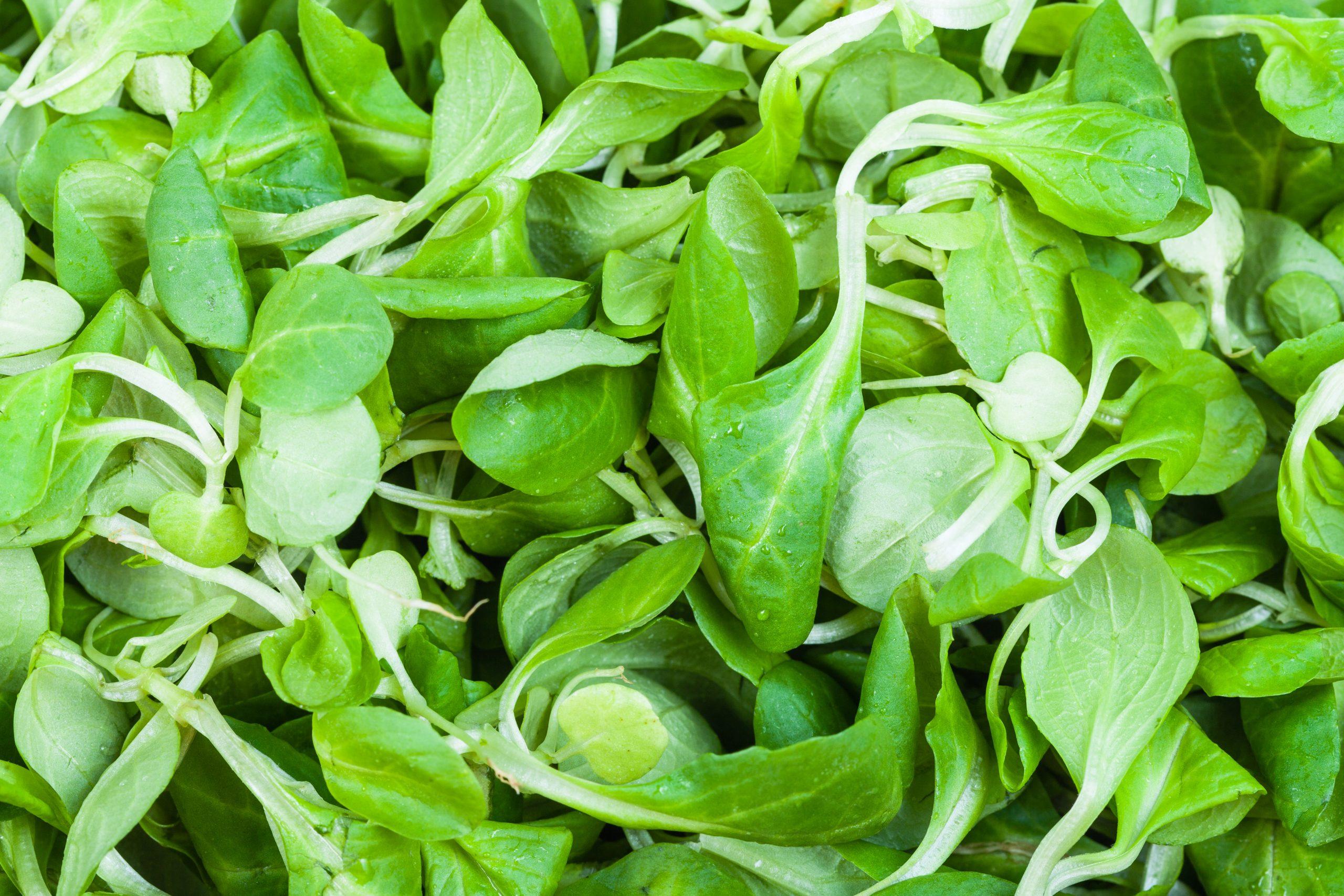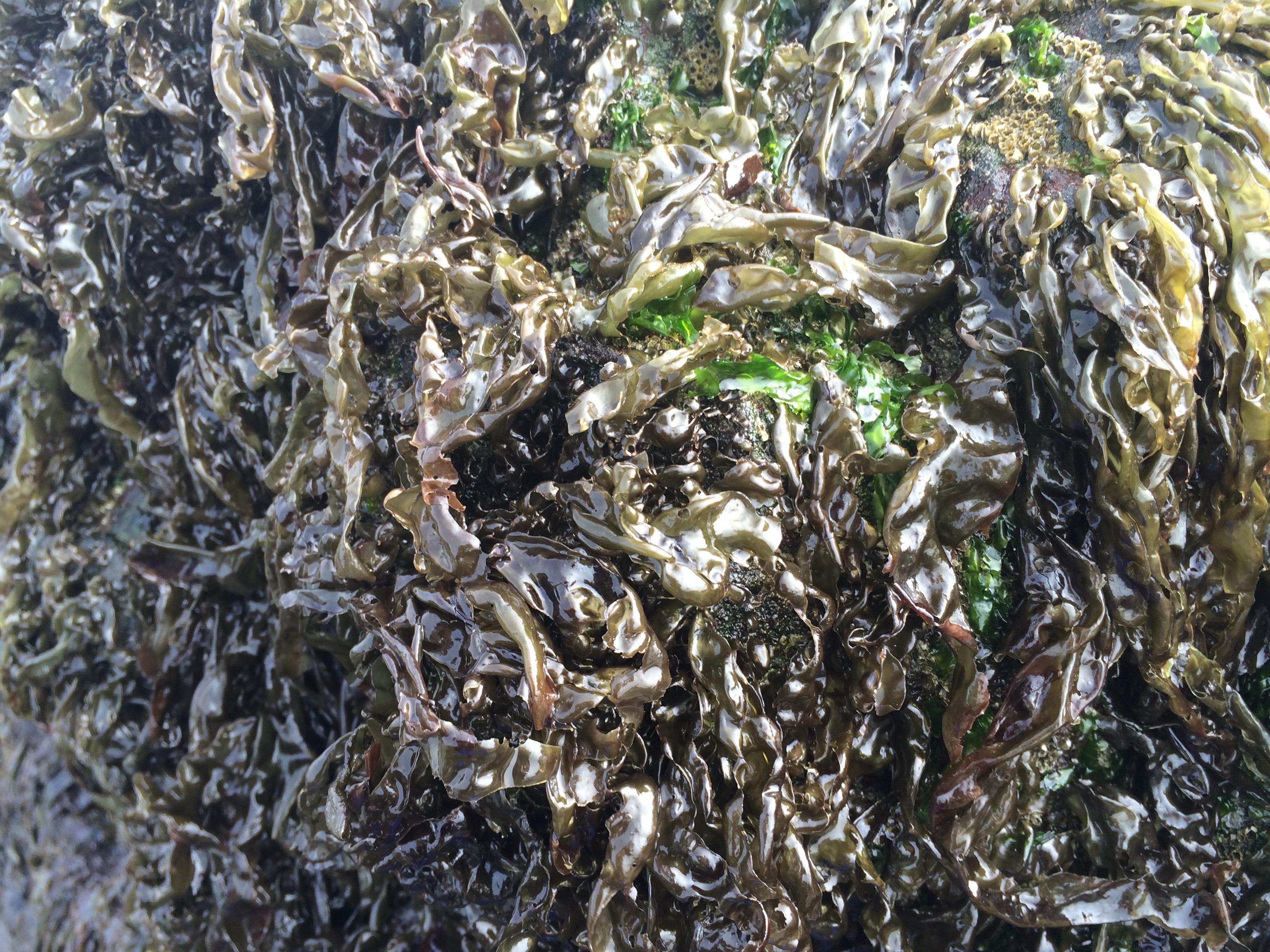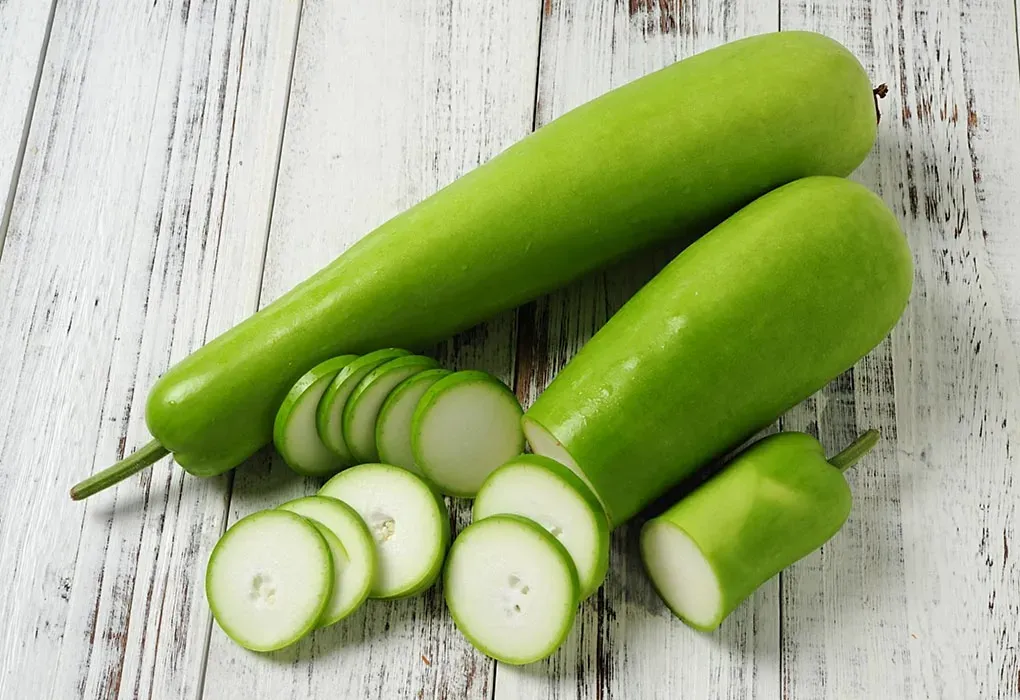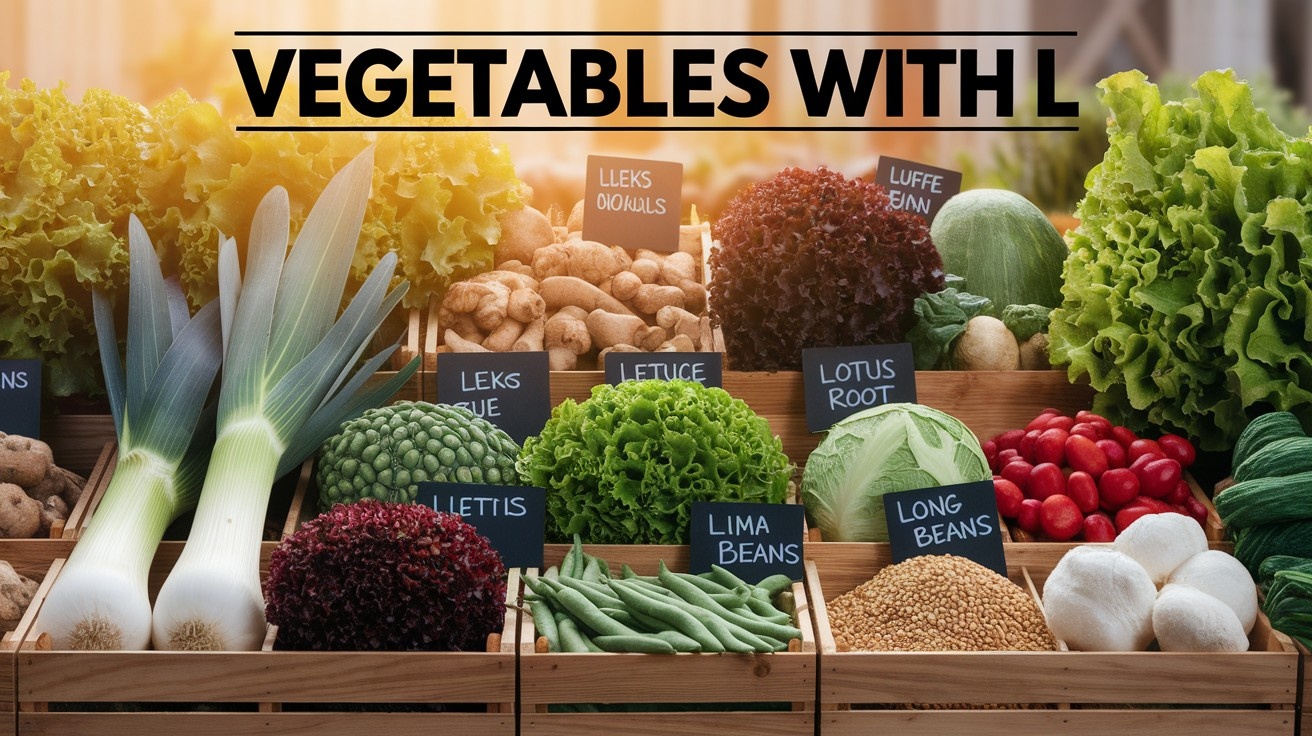
Looking to expand your culinary vocabulary while nourishing your body? Meet the “L” lineup of nutritional powerhouses – from the subtle classiness of leeks to the adaptable charm of lentils.
This array showcases remarkable plant foods that begin with L, each bringing unique flavors and health benefits to your table.
Were you aware? The lotus root, with its distinctive hole pattern, isn’t just beautiful – ancient cultures believed these holes allowed spiritual energy to flow through the plant, making it a symbol of purity despite growing in muddy waters!
These plant foods span continents and cultures, from Mediterranean lamb’s lettuce to Asian luffa gourds.
Suppose you’re seeking protein-packed options like lablab beans, superfood greens like lacinato kale, or refreshing additions like lemon cucumber.
In that case, this guide provides origin stories, nutritional highlights, perfect pairings, and practical storage tips for each magnificent “L” ingredient.
Famous Vegetables Starting with “L”
1. Leek
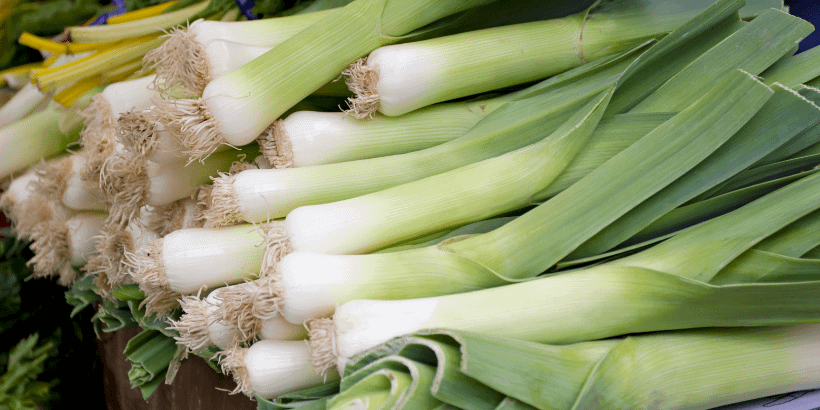
Origin: Native to the Mediterranean and the Middle East.
Nutritional benefits: Rich in vitamin K, folate, and antioxidants that support heart health and digestion.
Culinary pairings: Works well in soups, quiches, casseroles, and with potatoes or seafood.
Storage tips: Store unwashed in the refrigerator wrapped in a damp towel for up to two weeks.
2. Lettuce
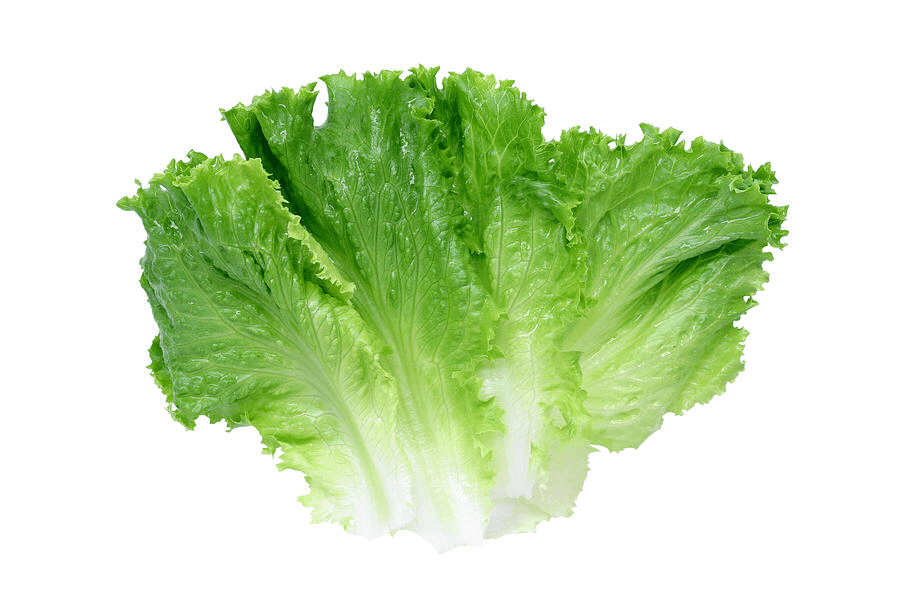
Origin: First cultivated in ancient Egypt.
Nutritional benefits: Low in calories, high in fiber, and a good source of vitamins A and K.
Culinary pairings: Ideal for salads, sandwiches, wraps, and as a garnish.
Storage tips: Keep in a breathable bag in the crisper drawer to maintain freshness.
3. Lima bean
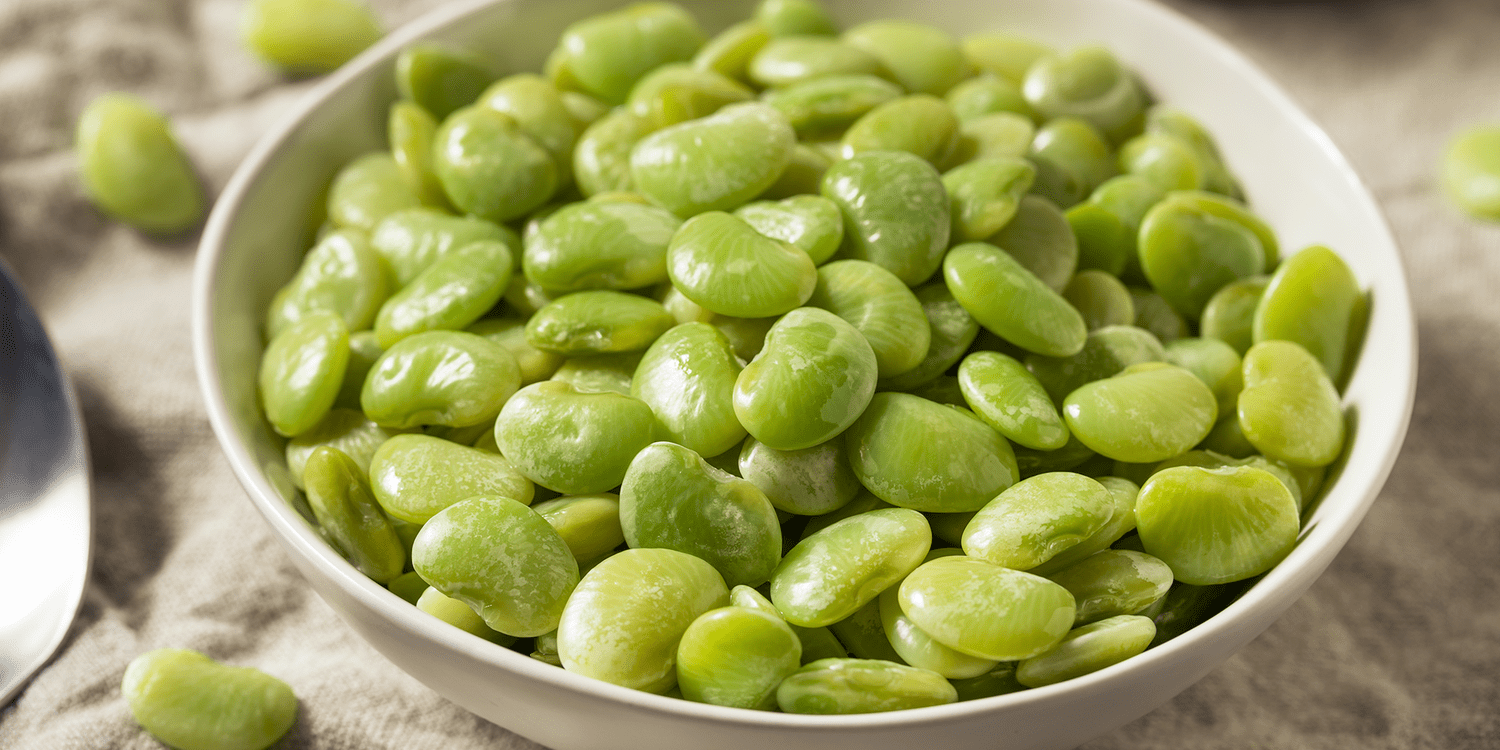
Origin: Native to Central and South America.
Nutritional benefits: High in fiber, protein, and iron, supporting digestive and heart health.
Culinary pairings: Pairs well with rice, stews, soups, and vegetable stir-fries.
Storage tips: Store dried beans in an airtight container; refrigerate cooked beans for up to five days.
4. Lentil
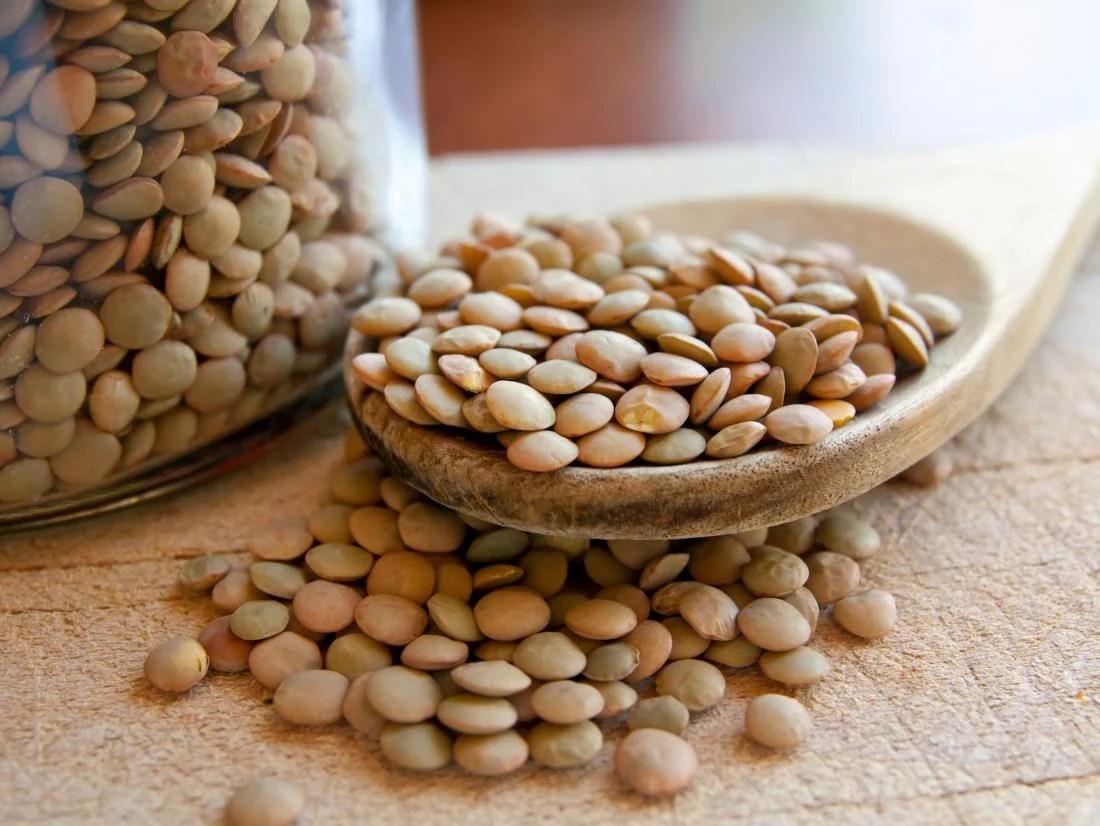
Origin: One of the oldest cultivated crops, originating in the Near East.
Nutritional benefits: Excellent source of plant-based protein, fiber, and iron.
Culinary pairings: Commonly used in soups, curries, salads, and stews.
Storage tips: Store dried lentils in an airtight container in a cool, dry place.
5. Lotus root
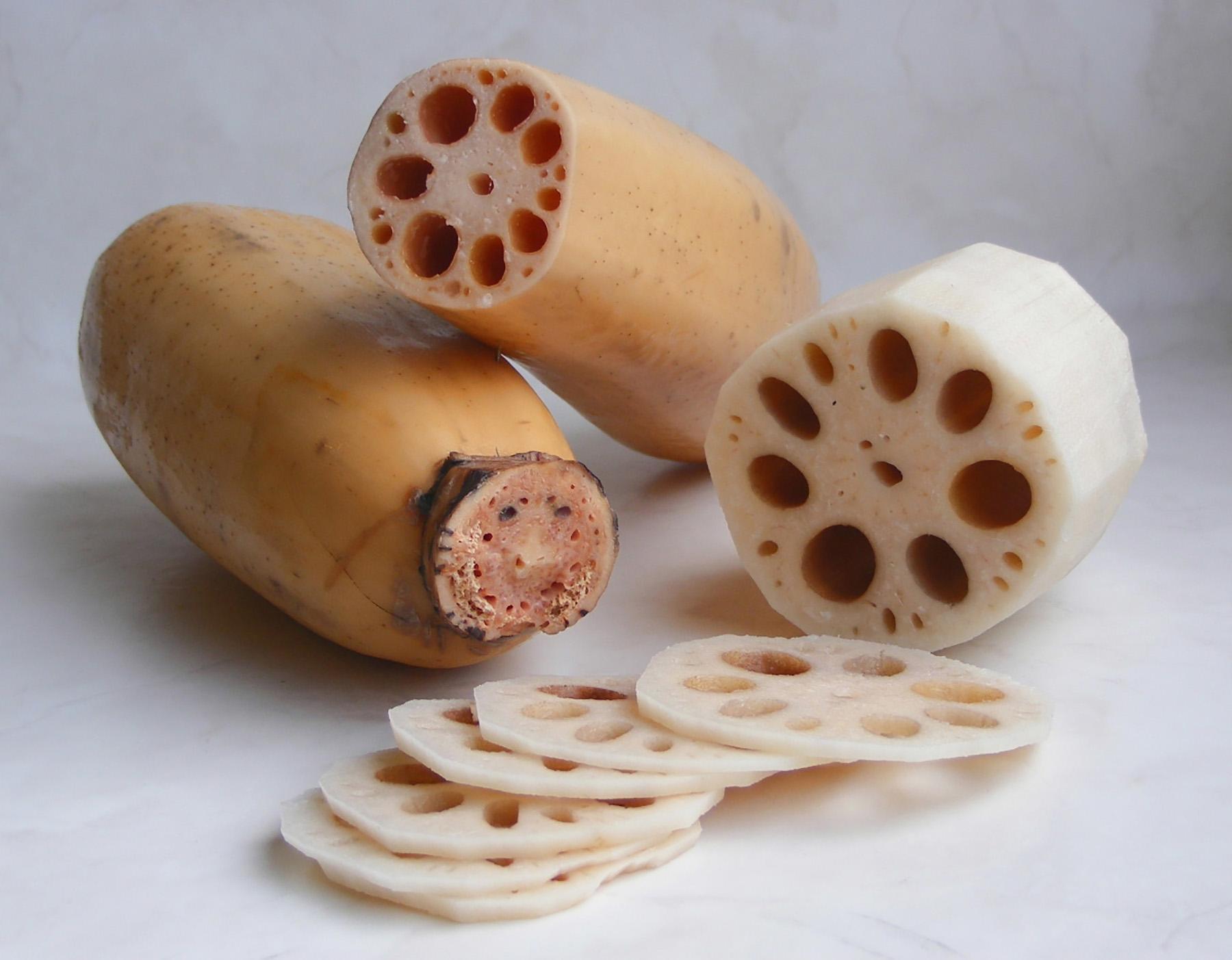
Origin: Native to Asia, commonly used in Chinese and Indian cuisine.
Nutritional benefits: High in fiber, vitamin C, and antioxidants that promote digestion and immunity.
Culinary pairings: Stir-fried, steamed, or added to soups, curries, and tempura dishes.
Storage tips: Keep in the refrigerator, wrapped in a damp cloth or submerged in water.
6. Lamb’s lettuce (mâche)
Origin: Native to Europe and traditionally grown in France.
Nutritional benefits: Rich in vitamins C and A, as well as omega-3 fatty acids.
Culinary pairings: Perfect for fresh salads, paired with nuts, cheese, and citrus dressings.
Storage tips: Keep in the fridge in a breathable bag and consume within a few days.
7. Land cress
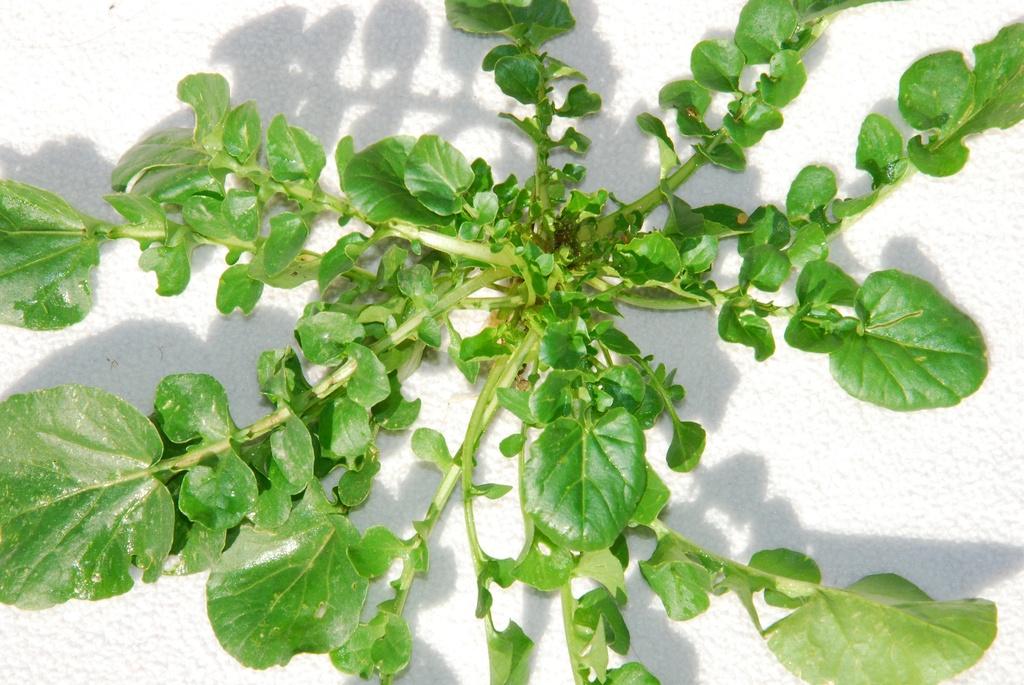
Origin: Native to Europe and parts of Asia.
Nutritional benefits: High in vitamins A and C, aiding immunity and vision health.
Culinary pairings: Used in salads, sandwiches and as a peppery garnish.
Storage tips: Refrigerate in a sealed bag with a damp paper towel for freshness.
8. Long bean
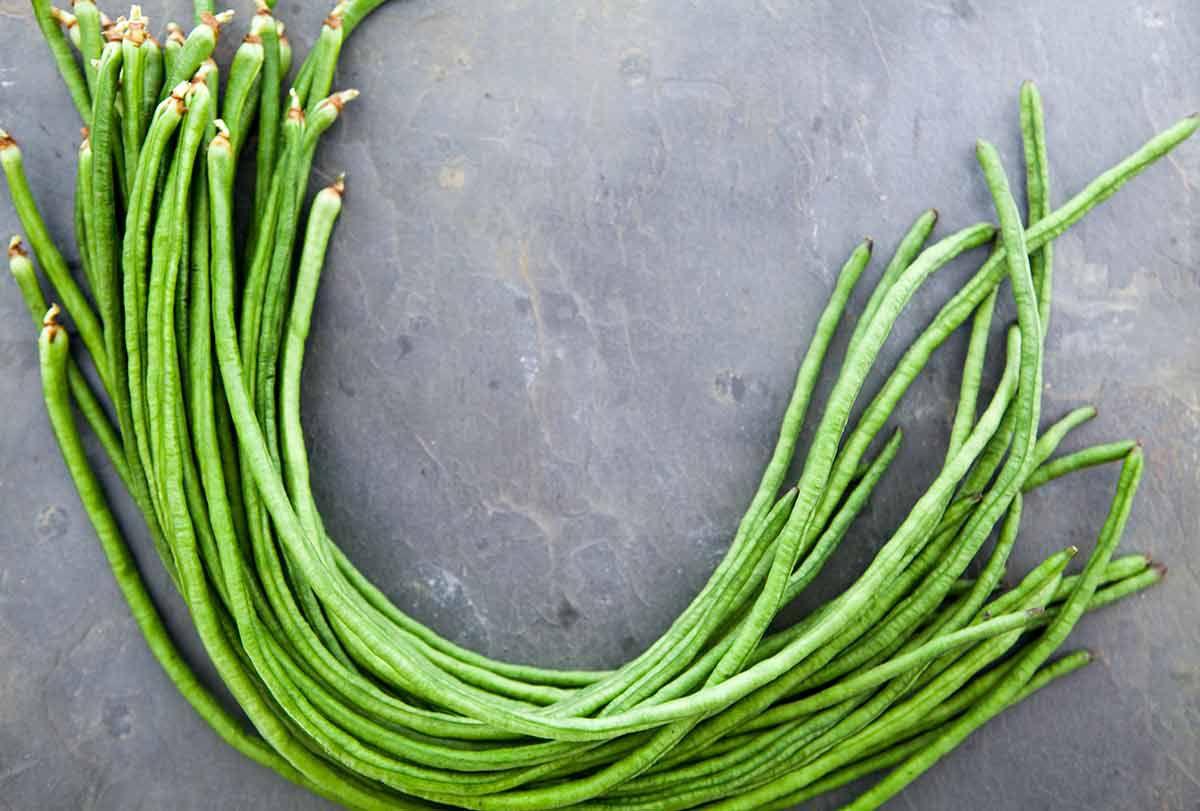
Origin: Native to Southeast Asia and Southern China.
Nutritional benefits: High in fiber, vitamin C, and folate, supporting digestion and immunity.
Culinary pairings: Works well in stir-fries, curries, and soups.
Storage tips: Store unwashed in a plastic bag in the fridge for up to a week.
9. Luffa (loofah)
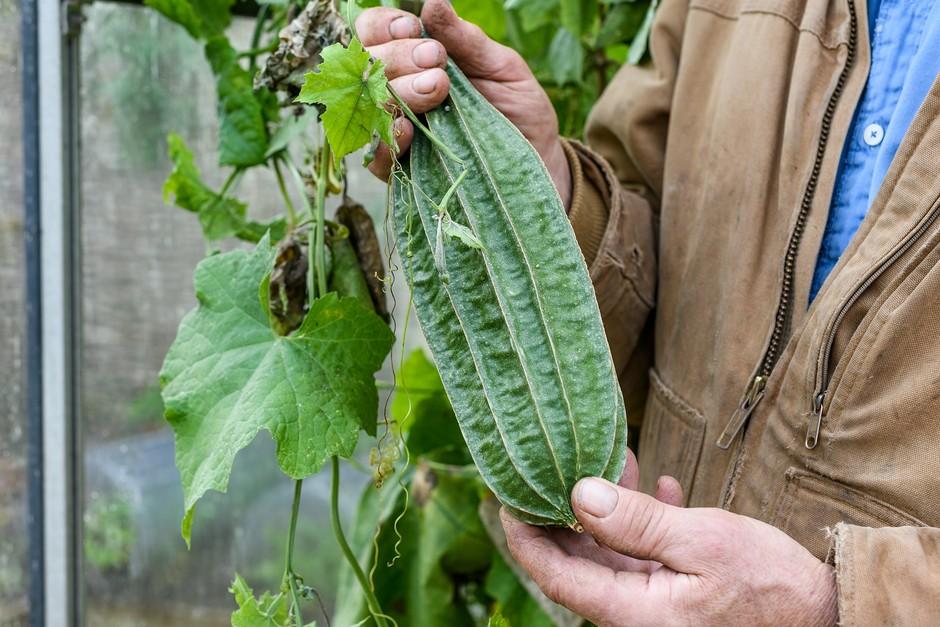
Origin: Believed to have originated in South and Southeast Asia.
Nutritional benefits: Low in calories, rich in fiber, vitamin C, and antioxidants.
Culinary pairings: Used in soups, stir-fries, and curries, often paired with garlic and seafood.
Storage tips: Store in the refrigerator in a plastic bag to retain moisture.
10. Little gem lettuce
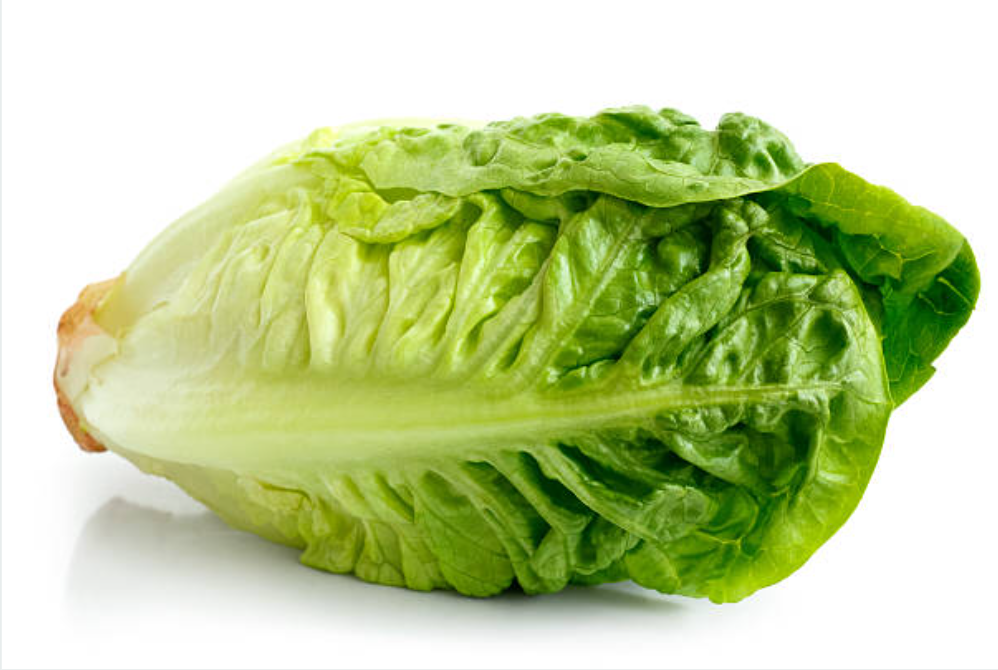
Origin: Developed in Europe as a hybrid between Romaine and Butterhead lettuce.
Nutritional benefits: High in vitamin K, fiber, and hydration content.
Culinary pairings: Works well in salads, sandwiches, and as a crisp wrap for fillings.
Storage tips: Store in the crisper drawer in a ventilated bag for maximum freshness.
11. Lacinato kale
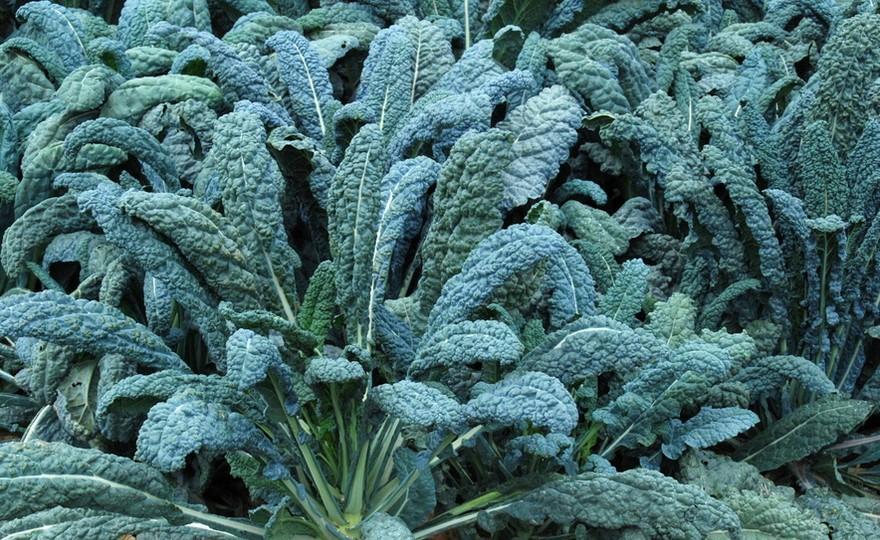
Origin: Native to Italy and also known as Tuscan kale.
Nutritional benefits: Rich in vitamins A, C, and K, supporting immune and bone health.
Culinary pairings: Suitable for sautés, soups, stews, and smoothies.
Storage tips: Keep in the fridge wrapped in a damp towel or bag for up to a week.
12. Lamb’s quarters
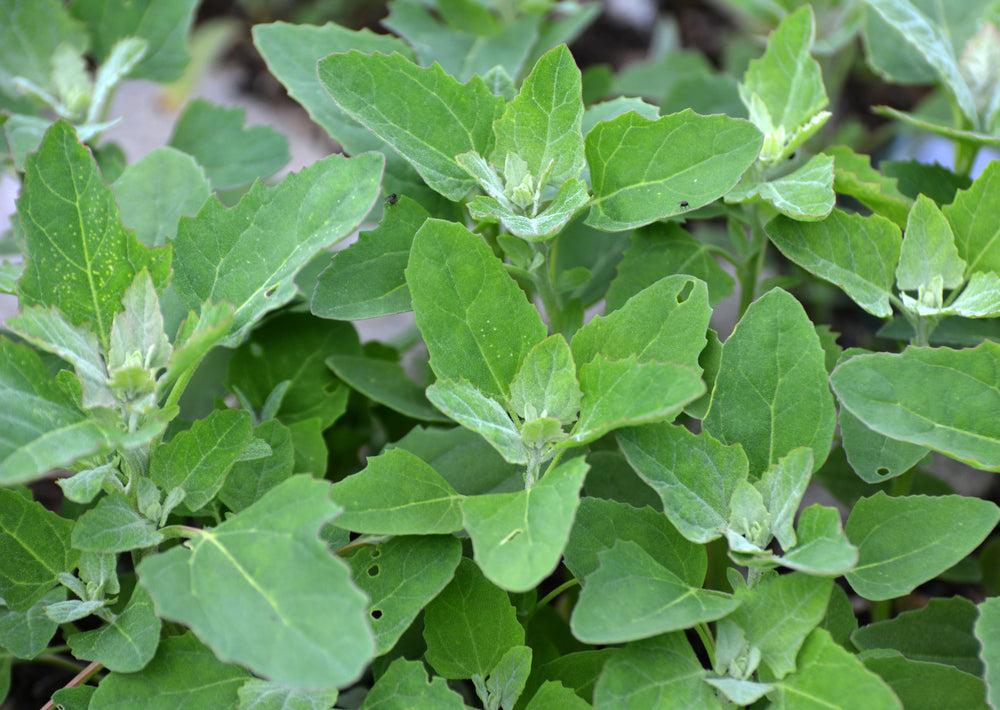
Origin: Native to Europe and North America.
Nutritional benefits: High in iron, calcium, and vitamin C, promoting bone and immune health.
Culinary pairings: Used in salads, soups, and sautéed dishes.
Storage tips: Refrigerate in an airtight bag with a damp paper towel.
13. Laver (seaweed)
Origin: Traditionally harvested in East Asia and the British Isles.
Nutritional benefits: High in iodine, omega-3s, and vitamin B12 for thyroid and brain health.
Culinary pairings: Used in sushi, soups, and as a seasoning.
Storage tips: Store dried in an airtight container or fresh in the refrigerator.
14. Lemongrass
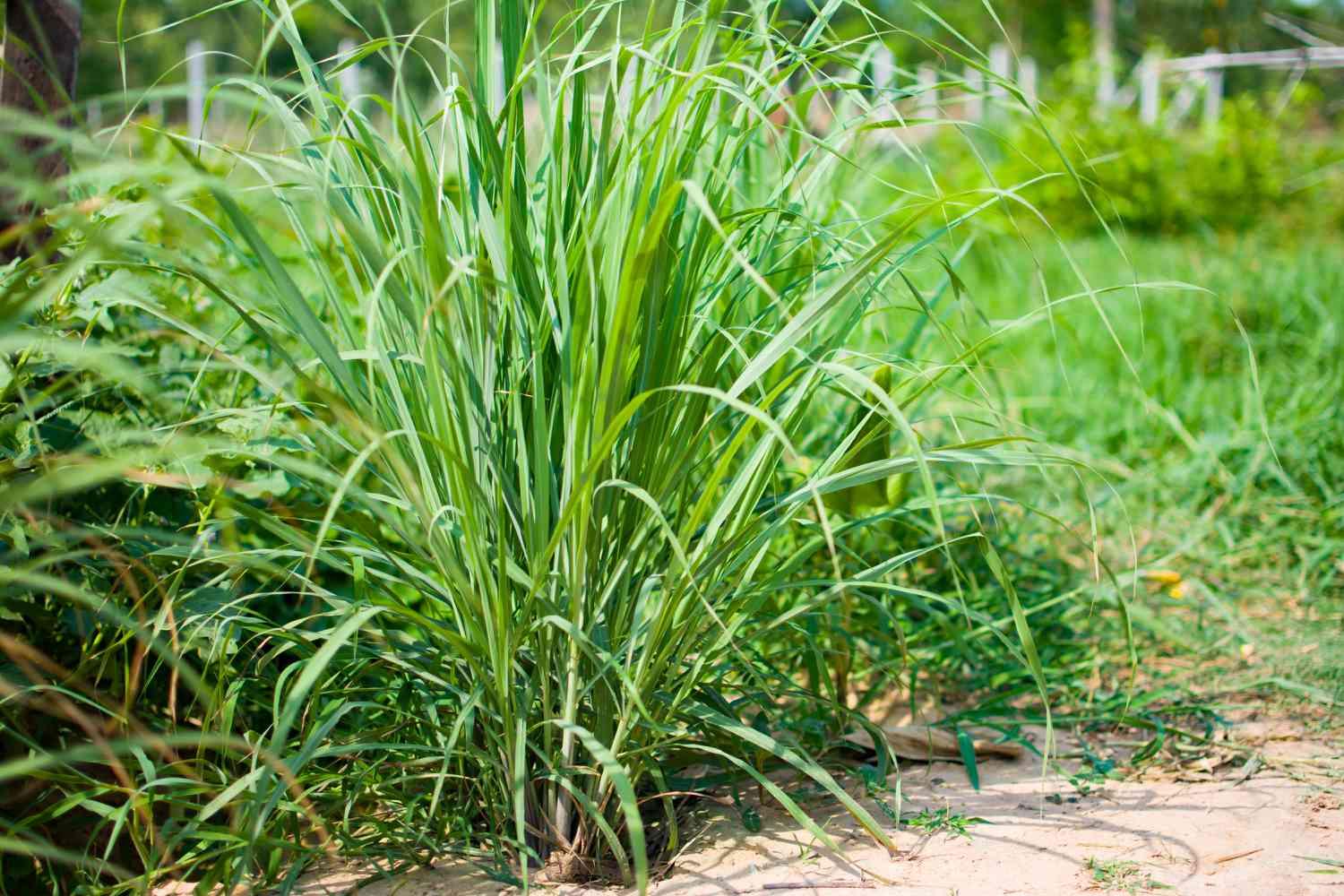
Origin: Native to South and Southeast Asia.
Nutritional benefits: Contains antioxidants and compounds that support digestion and immunity.
Culinary pairings: Used in teas, soups, curries, and stir-fries.
Storage tips: Refrigerate fresh stalks in a plastic bag or freeze for longer use.
15. Licorice root (used in cooking)
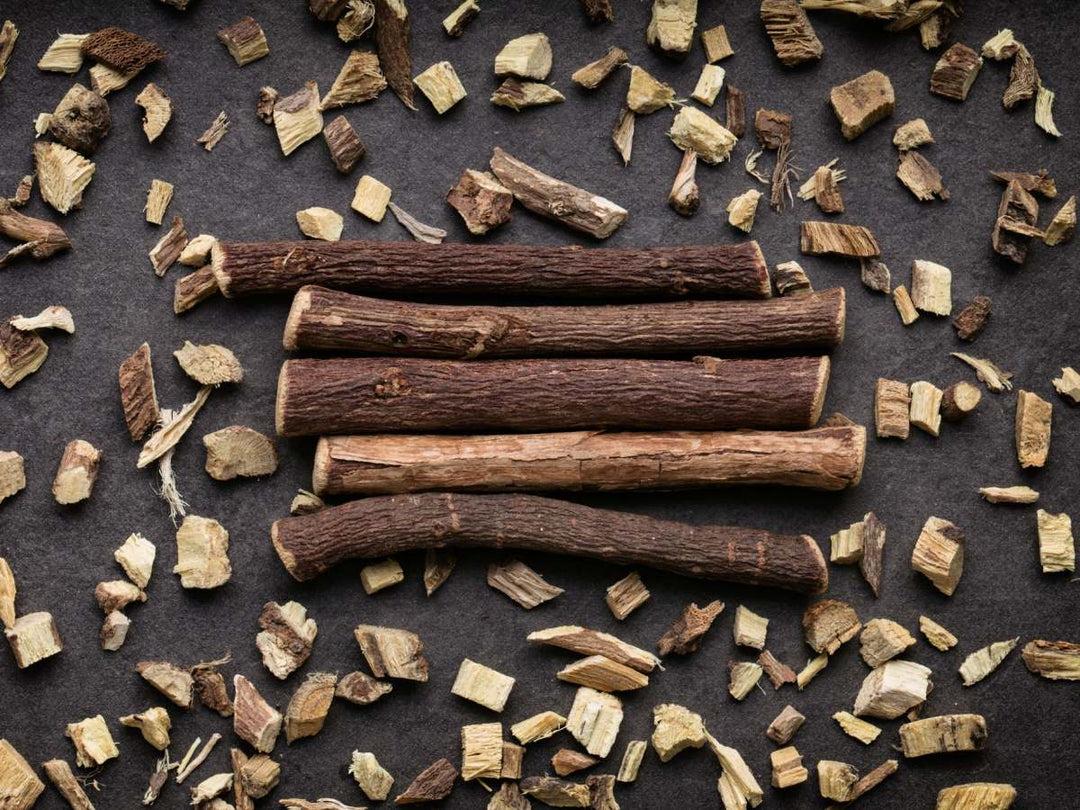
Origin: Native to Europe and Asia.
Nutritional benefits: Known for anti-inflammatory and digestive benefits.
Culinary pairings: Used in herbal teas, confections, and sauces.
Storage tips: Keep dried roots in an airtight container in a cool place.
16. Lauki (bottle gourd)
Origin: Native to Africa and widely cultivated in Asia.
Nutritional benefits: Low in calories, rich in fiber, and hydrating.
Culinary pairings: Used in curries, soups, and juices.
Storage tips: Store in a cool, dry place or refrigerate for extended freshness.
17. Lo bok (daikon radish)
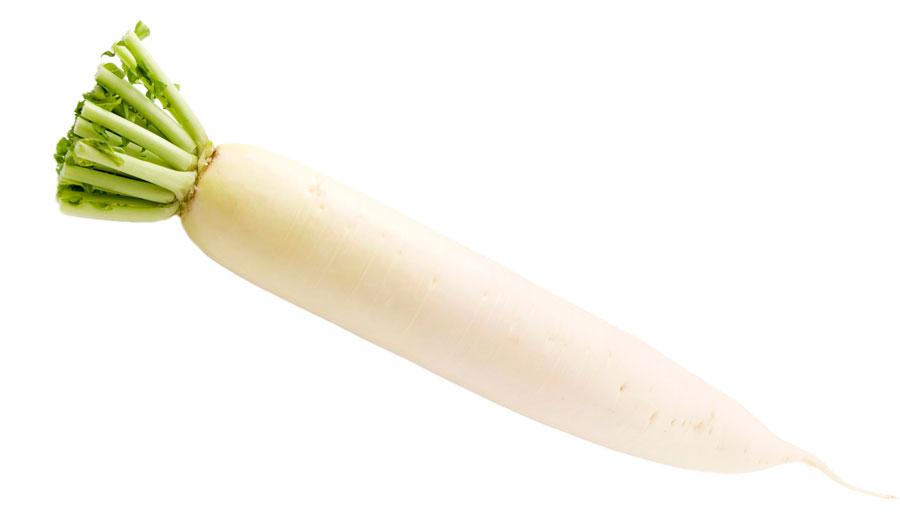
Origin: Native to East Asia, especially Japan and China.
Nutritional benefits: Rich in vitamin C and digestive enzymes.
Culinary pairings: Used in pickles, soups, stir-fries, and raw salads.
Storage tips: Keep in the fridge wrapped in a paper towel to prevent moisture loss.
18. Lovage
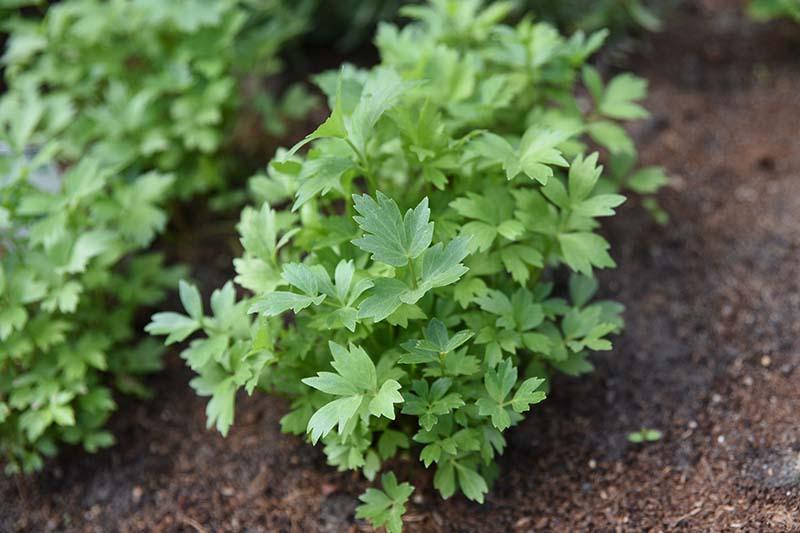
Origin: Native to Southern Europe and Western Asia.
Nutritional benefits: High in vitamin C, calcium, and essential oils for digestion.
Culinary pairings: Used in soups, salads, and herbal seasonings.
Storage tips: Store fresh lovage in a damp paper towel in the refrigerator.
19. Lablab bean
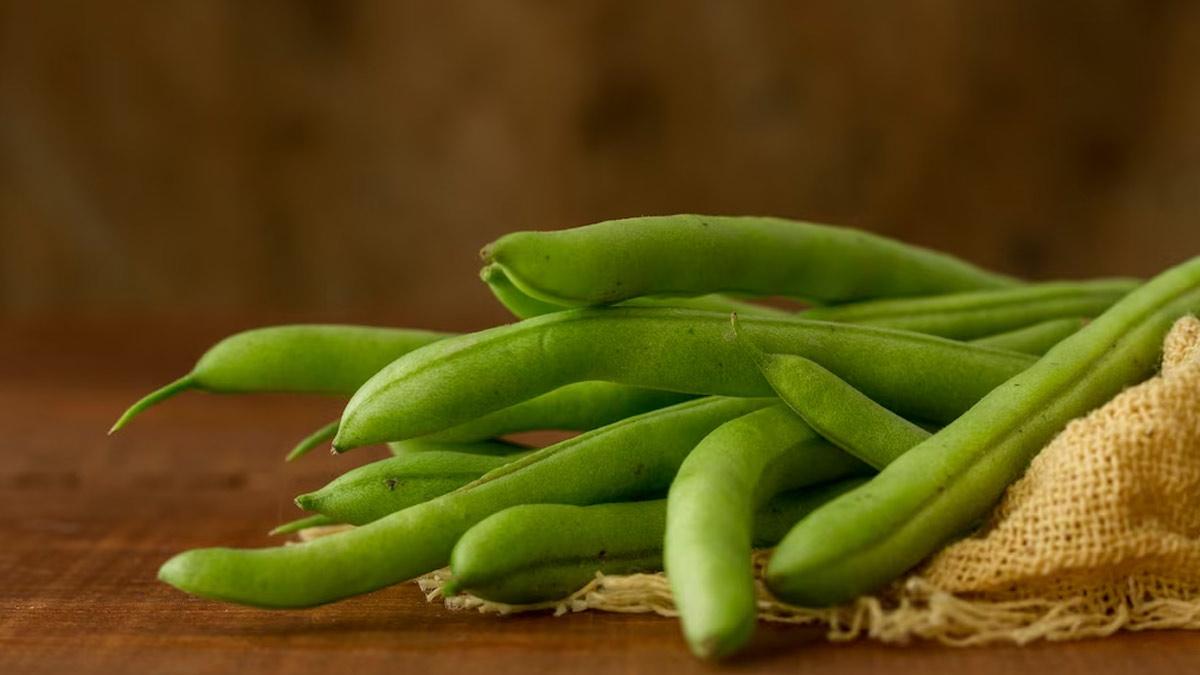
Origin: Native to Africa and widely grown in Asia.
Nutritional benefits: High in protein, fiber, and iron for energy and digestion.
Culinary pairings: Used in curries, stews, and stir-fries.
Storage tips: Store dried beans in an airtight container in a cool, dry place.
20. Lemon cucumber
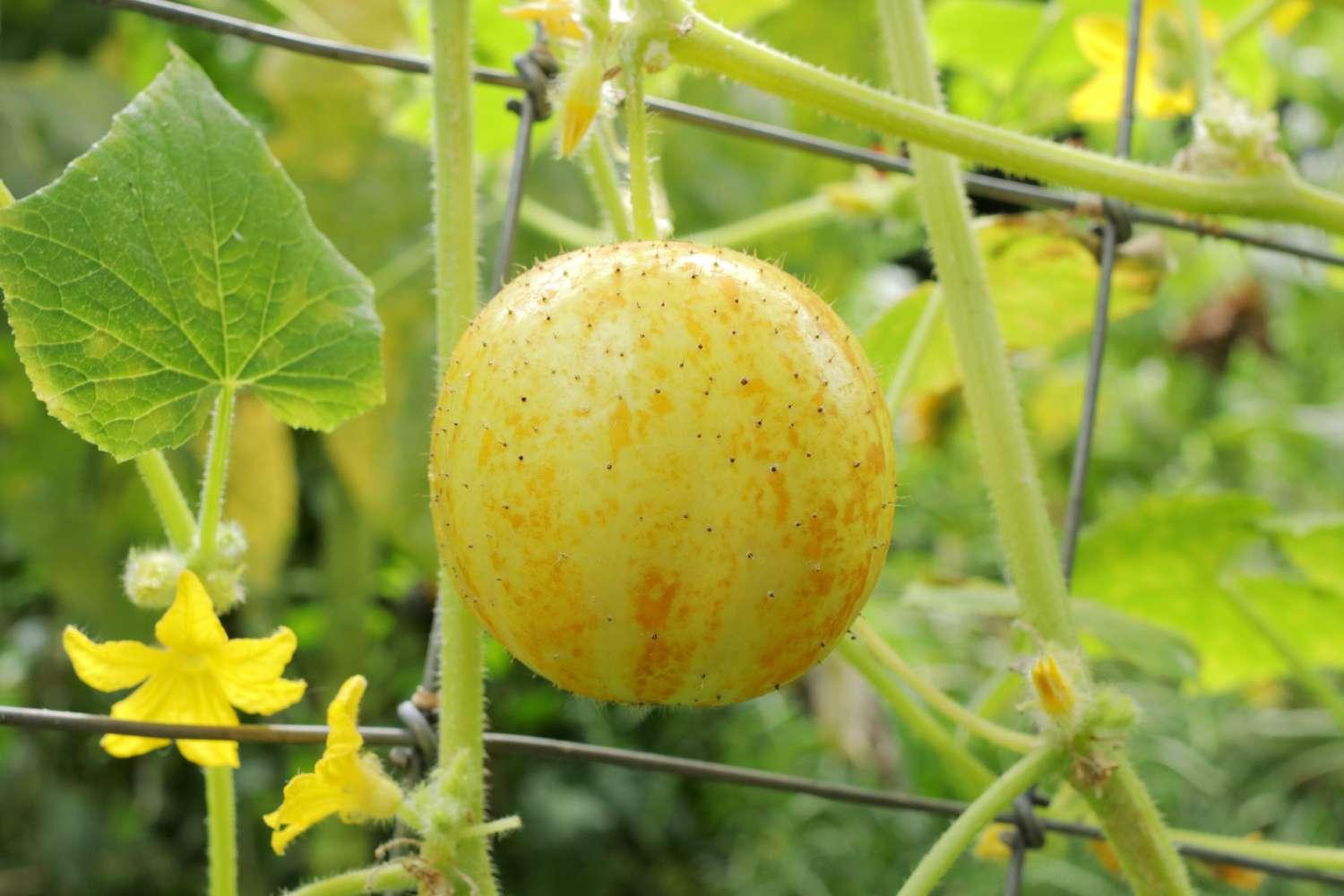
Origin: Native to India and cultivated worldwide.
Nutritional benefits: High in hydration, vitamin C, and antioxidants.
Culinary pairings: Used in salads, pickles, and as a refreshing snack.
Storage tips: Store in the crisper drawer of the fridge for up to a week.
21. Lotus stem

Origin: Native to Asia and commonly used in Chinese and Indian cuisine.
Nutritional benefits: Rich in fiber, vitamin C, and antioxidants that support digestion and immunity.
Culinary pairings: Used in stir-fries, soups, curries, and pickles.
Storage tips: Keep in the refrigerator, wrapped in a damp cloth or submerged in water.
22. Leaf beet
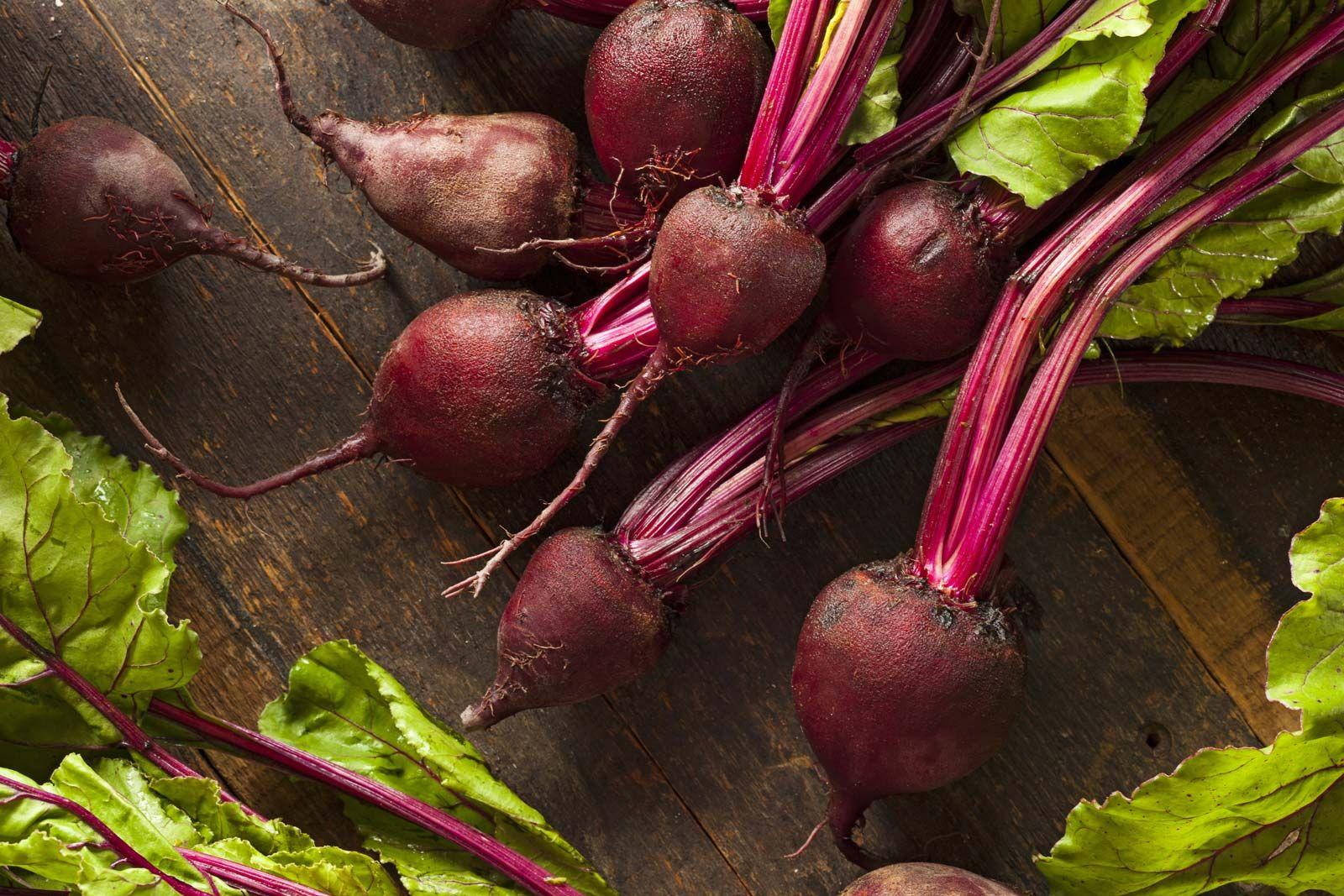
Origin: Native to the Mediterranean region.
Nutritional benefits: High in iron, vitamins A and C, and antioxidants that support heart health.
Culinary pairings: Used in salads, stir-fries, and as a cooked green like spinach.
Storage tips: Store in a breathable bag in the refrigerator to keep fresh.
23. Lady’s fingers (okra)
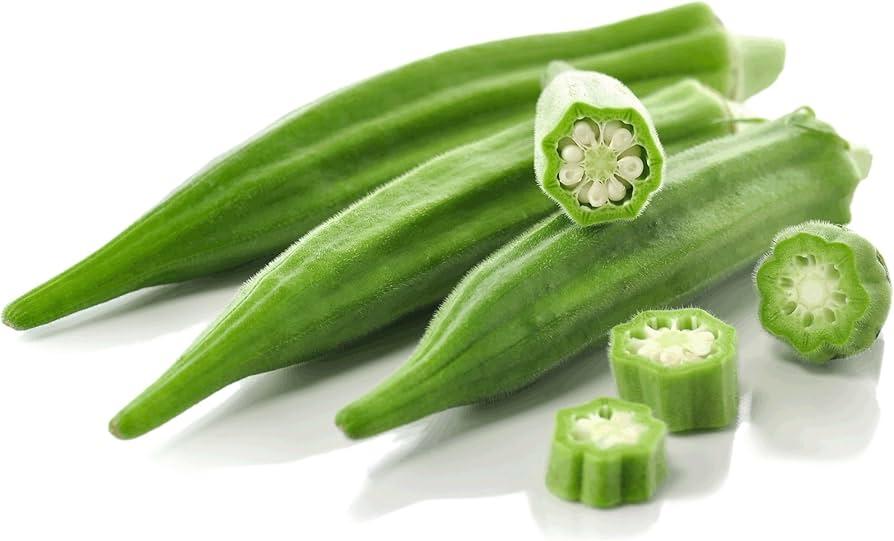
Origin: Believed to have originated in Africa.
Nutritional benefits: High in fiber, vitamin C, and antioxidants that aid digestion.
Culinary pairings: Common in stews, curries, soups, and fried dishes.
Storage tips: Store in a paper bag in the refrigerator and use within a few days.
24. Low-growing broccoli
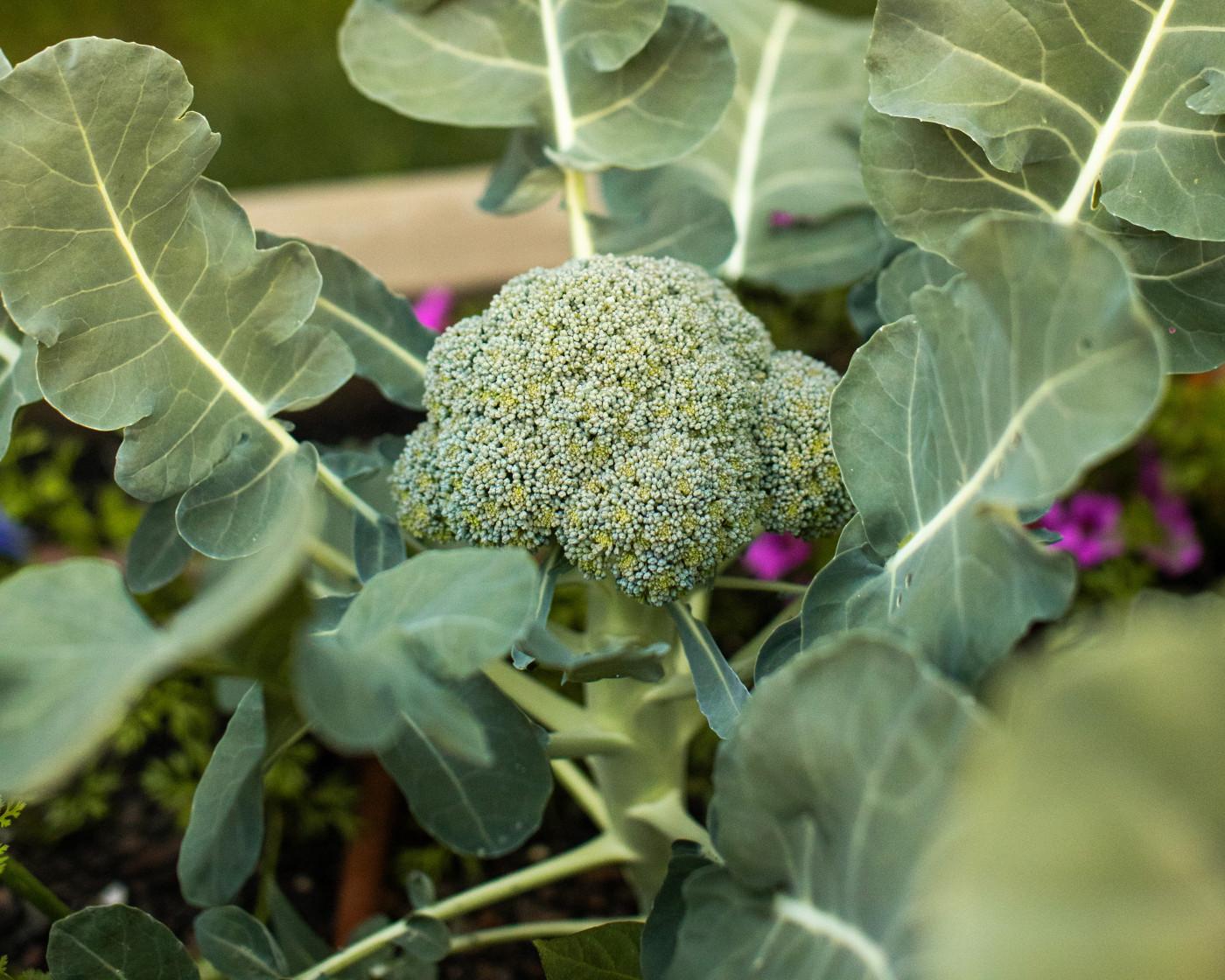
Origin: Developed as a compact variation of traditional broccoli.
Nutritional benefits: High in fiber, vitamin K, and antioxidants that support heart and bone health.
Culinary pairings: Used in stir-fries, pasta dishes, and steamed as a side.
Storage tips: Store unwashed in a plastic bag in the fridge for up to a week.
25. Lollo rosso lettuce
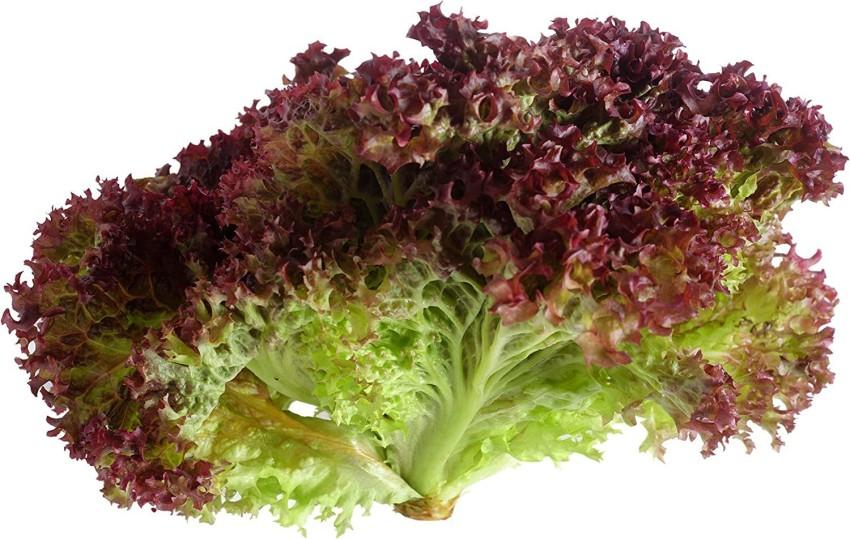
Origin: Native to Italy and popular in Mediterranean cuisine.
Nutritional benefits: Rich in vitamins A and K, as well as antioxidants.
Culinary pairings: Great for fresh salads, sandwiches, and garnishes.
Storage tips: Keep in a breathable bag in the refrigerator for freshness.
26. Longevity spinach
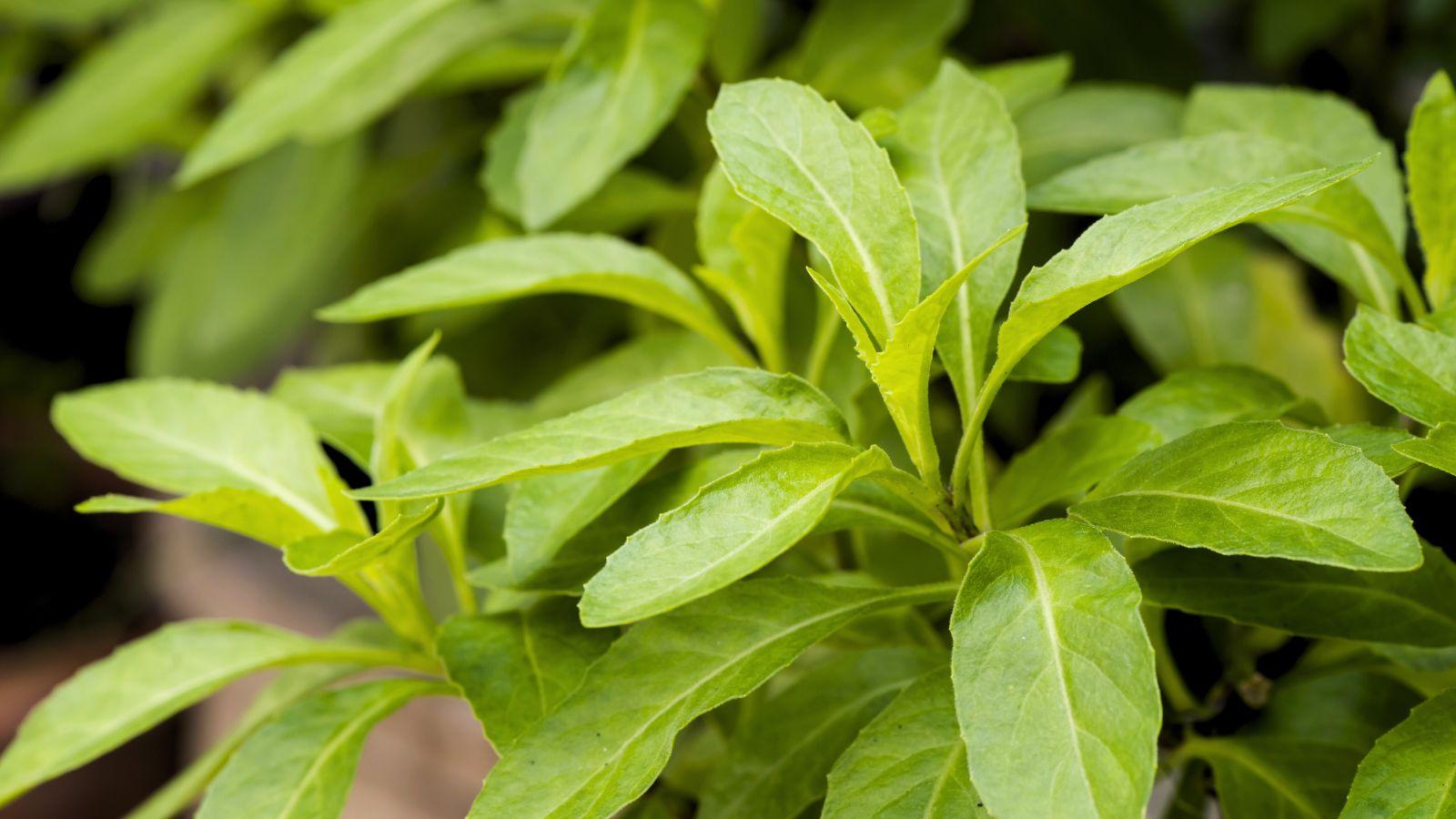
Origin: Native to Southeast Asia and commonly grown in tropical regions.
Nutritional benefits: High in antioxidants, iron, and fiber that promote overall health.
Culinary pairings: Used in soups, stir-fries, and smoothies.
Storage tips: Store in an airtight bag with a damp paper towel in the fridge.
27. Long gourd
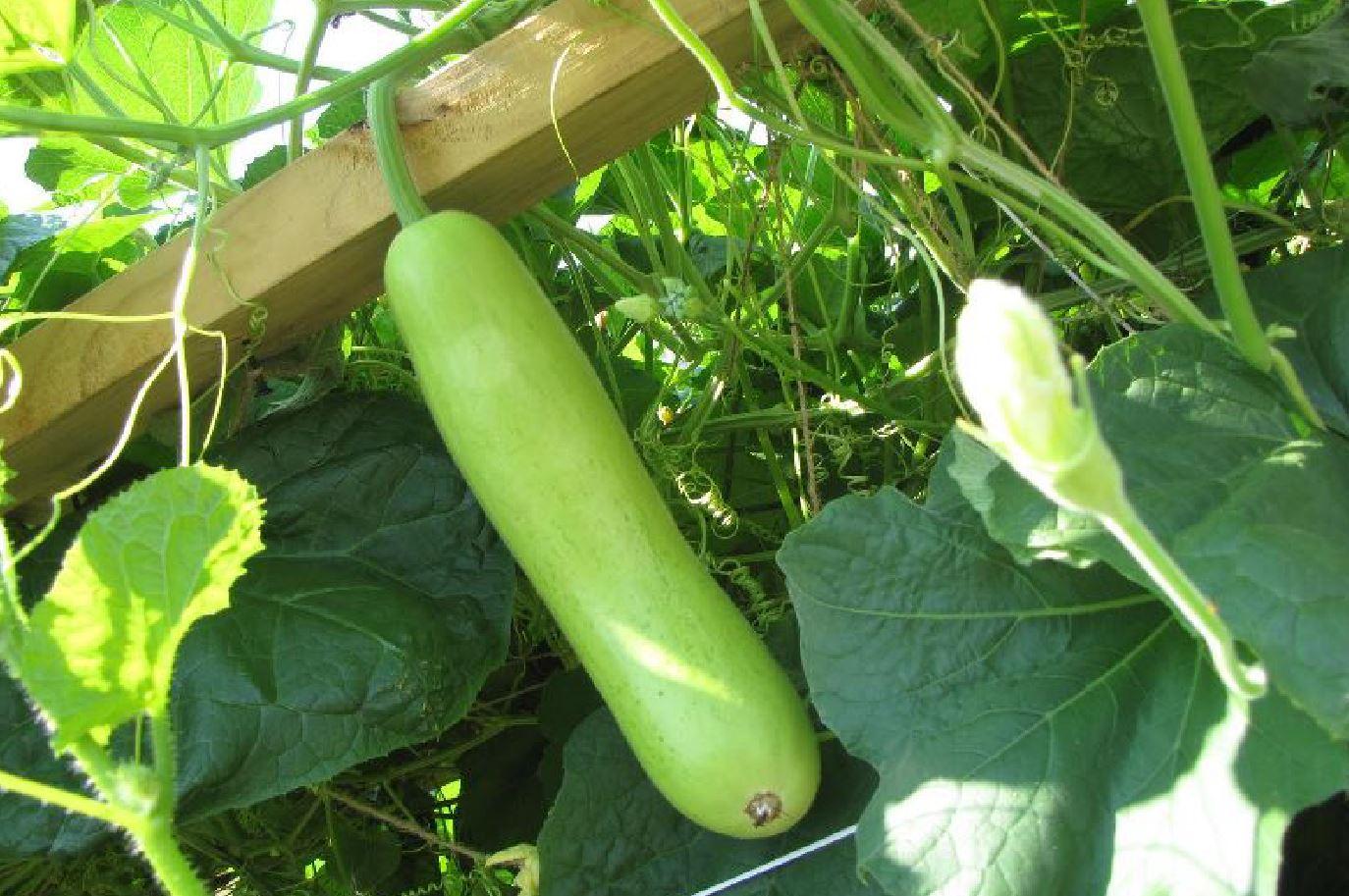
Origin: Native to India and commonly cultivated in South Asia.
Nutritional benefits: High in fiber, vitamin C, and low in calories.
Culinary pairings: Used in curries, soups, and stews.
Storage tips: Store in a cool, dry place or refrigerate to extend freshness.
28. Louisiana shallot
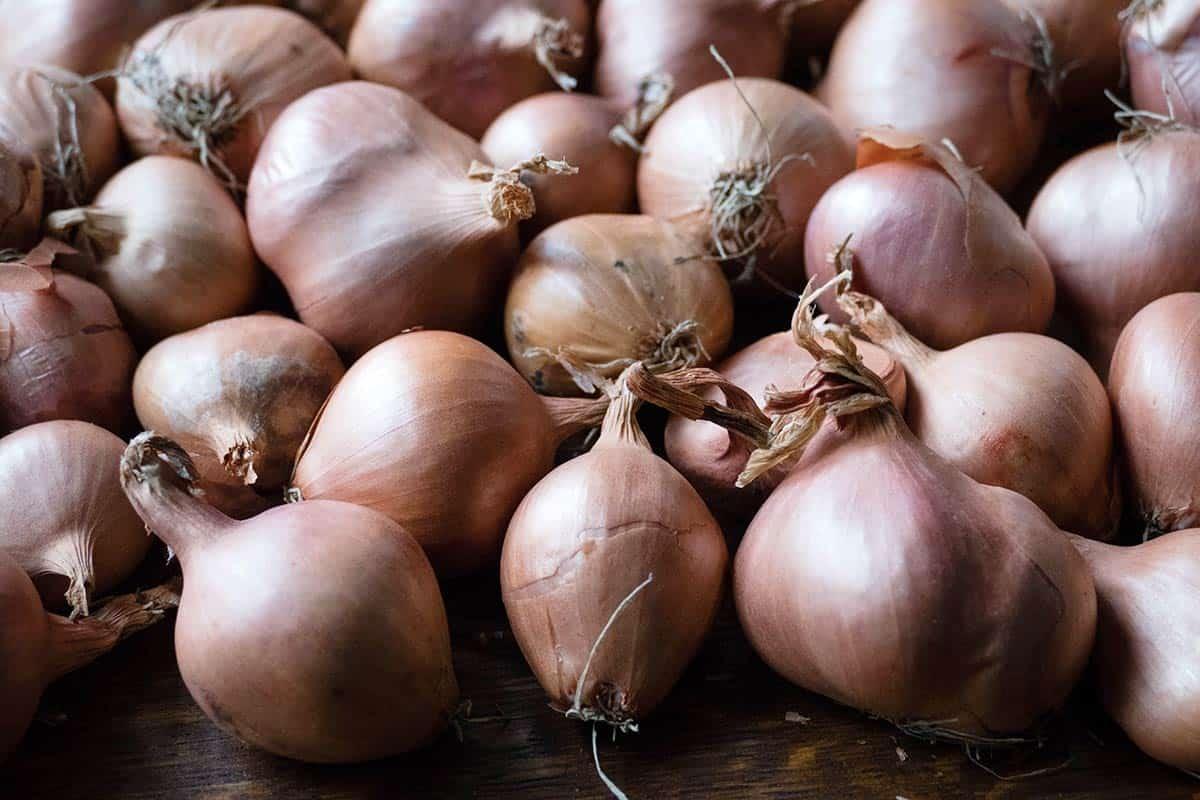
Origin: Native to North America, particularly Louisiana.
Nutritional benefits: Rich in antioxidants, vitamin C, and compounds that support heart health.
Culinary pairings: Commonly used in soups, sauces, dressings, and sautés.
Storage tips: Store in a cool, dry, and well-ventilated space.
29. Lady pea
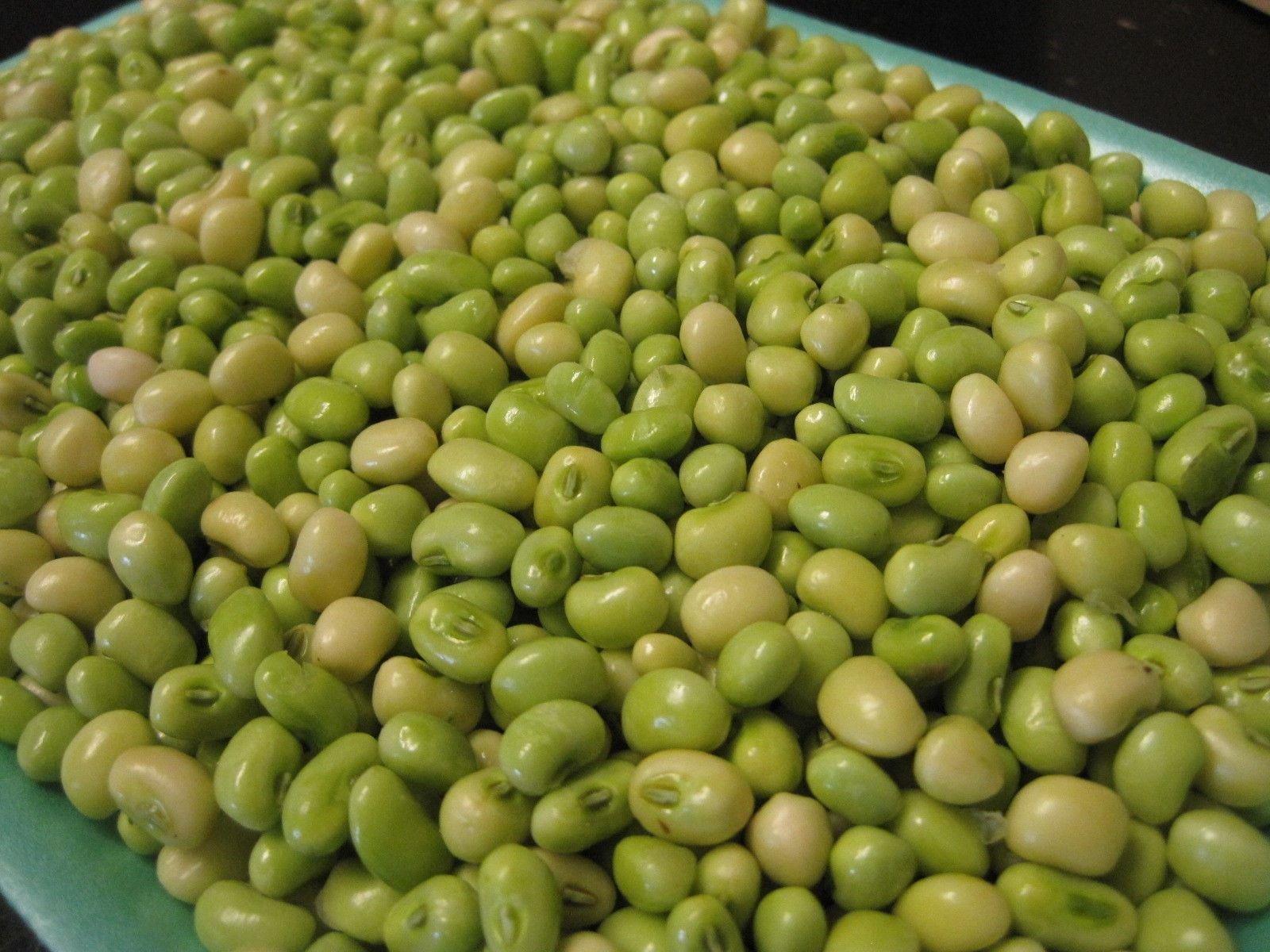
Origin: Native to the Southern United States.
Nutritional benefits: High in protein, fiber, and iron that support digestion and energy levels.
Culinary pairings: Used in soups, stews, and traditional Southern dishes.
Storage tips: Store dried peas in an airtight container; refrigerate cooked peas for up to five days.
Final Words
From humble kitchen staples to exotic global finds, these “L” foods offer remarkable health benefits and culinary versatility.
Each item carries its own story – from ancient Egyptian lettuce to African okra – showing how food connects us across time and cultures.
Rich in nutrients yet often overlooked, these foods can boost immunity, support heart health, and aid digestion while bringing distinct textures and flavors to your meals.
Try adding lotus root to your next stir-fry or lentils to your weekly soup – small changes that make big differences in both nutrition and taste.
Store them properly, pair them thoughtfully, and watch them shine in dishes from simple to complex.
These foods remind us that good health and good eating go hand in hand, offering both sustenance and satisfaction with every bite.
If you’re interested in more informative education & learning content, feel free to click here and explore other blogs that you might enjoy!

